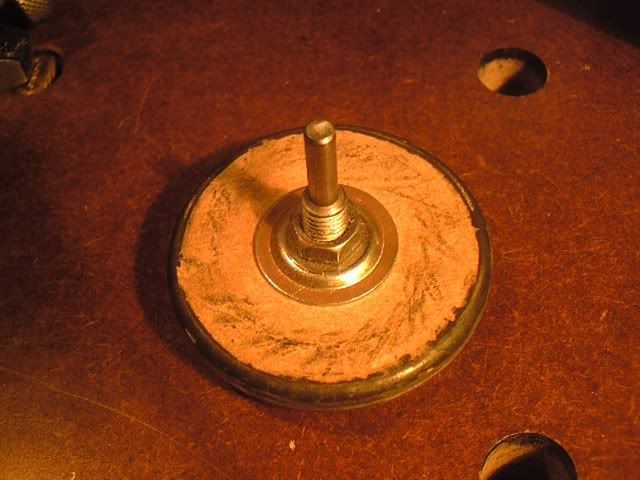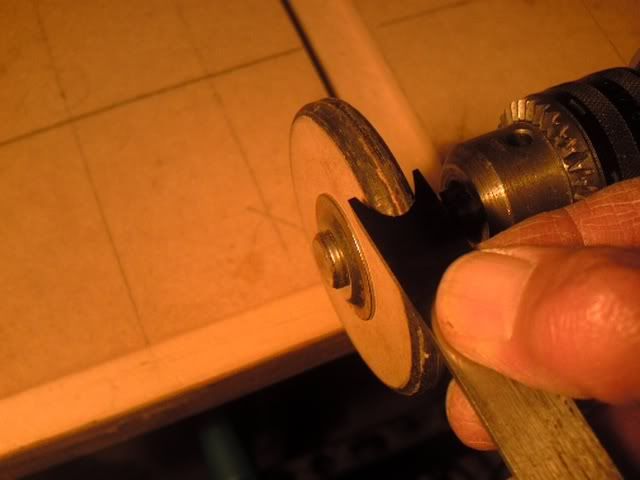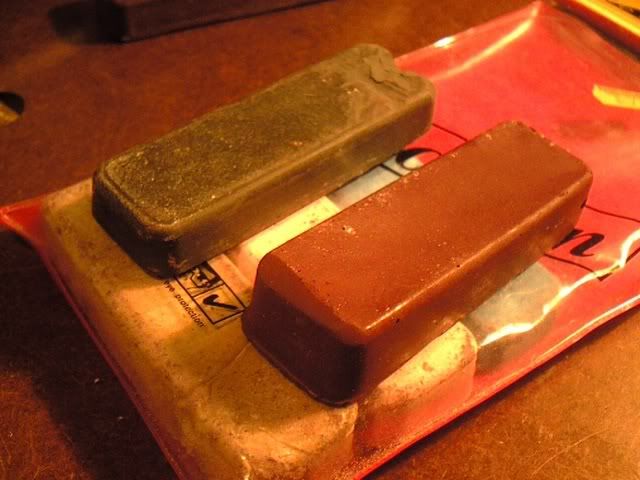Eric The Viking
Established Member
- Joined
- 19 Jan 2010
- Messages
- 6,599
- Reaction score
- 74
Christmas came early last night!
My son and daughter-in-law came back from my in-laws with a present from my father-in-law: a Stanley #50 he says he won't use any more. It's all there, and not in bad condition either, but predictably most of the cutters are unused and require honing properly.
I've searched, and this topic has indeed come up before: how you should sharpen the beading cutters.
Thoughts?
E.
PS: I did wonder about the width of the straight parts of the cutters, either side. Is it my imagination, or did wooden beading planes of old cut away less 'land'? They look too wide in the smaller sizes.
PPS: Jolly chuffed all the same!
My son and daughter-in-law came back from my in-laws with a present from my father-in-law: a Stanley #50 he says he won't use any more. It's all there, and not in bad condition either, but predictably most of the cutters are unused and require honing properly.
I've searched, and this topic has indeed come up before: how you should sharpen the beading cutters.
- I've looked for slip stones, but can't find any at the correct sizes, and anyway they're less than 180 degrees round, so likely to scuff the straight parts of the cutters.
- The idea of dowel with wet+dry glued round it is nice, but the smallest is cutter is 1/8" diameter, and I imagine wet and dry will simply crack with a sharp radius like that.
- MDF stropping wheels on a hand or slow-speed grinder seem to me the best approach. I have a hand grinder, too, and plenty of Autosol ("honing compound" to woodworkers, metal polish to bikers, etc.) so this is do-able.
Thoughts?
E.
PS: I did wonder about the width of the straight parts of the cutters, either side. Is it my imagination, or did wooden beading planes of old cut away less 'land'? They look too wide in the smaller sizes.
PPS: Jolly chuffed all the same!









